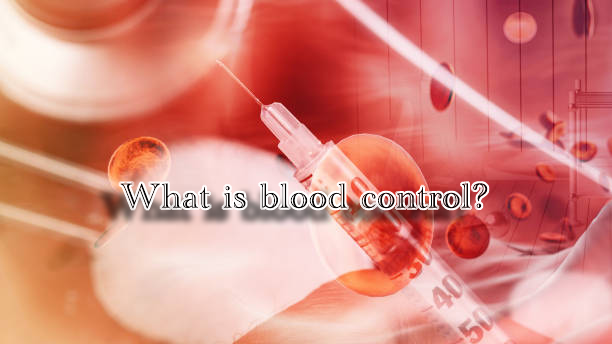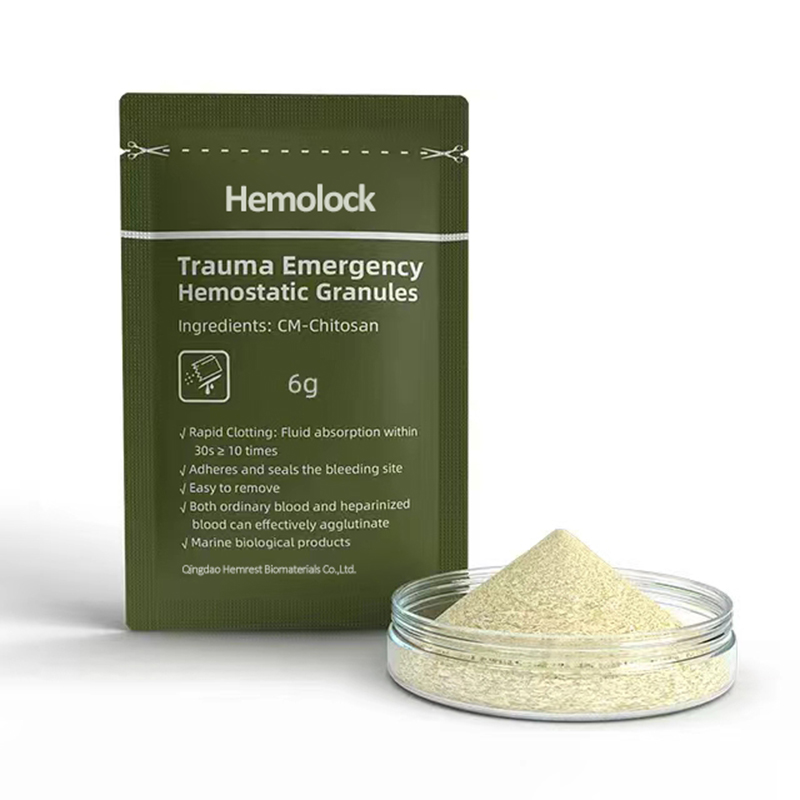
What is blood control?
Blood control is a crucial medical technology employed to manage bleeding within the human body. It plays a vital role in various medical scenarios, including surgery, trauma, and emergency rescue, where effective blood control is essential to safeguarding patients' lives and facilitating recovery. This article will provide an overview of the definition, significance, and commonly used methods of blood control.
Blood control refers to the implementation of diverse measures and technical interventions to effectively manage or halt internal and external bleeding in the human body. The primary objectives of blood control are to maintain stable blood circulation, minimize blood loss, prevent complications arising from bleeding, and create an optimal operating environment for other treatment procedures.
The importance of blood control is self-evident. Bleeding is a prevalent medical emergency that, if left uncontrolled, can lead to severe consequences and even endanger the patient's life. Blood control enables healthcare professionals to swiftly reduce blood loss, ensure stable blood circulation in patients, and guarantee sufficient oxygen and nutrition supply to the body's tissues and organs.
Commonly employed methods of blood control include the following:
1. Compression hemostasis: This method involves applying direct pressure or using compressive dressings to the bleeding site, effectively reducing or halting bleeding. Compression hemostasis is a simple and frequently utilized technique.
2. Surgical hemostasis: During surgical procedures, doctors employ surgical instruments, sutures, hemostatic drugs, and other techniques to control bleeding. This method necessitates a comprehensive understanding of anatomy and proficient surgical skills.
3. Vascular intervention: Vascular intervention techniques are utilized to address vascular bleeding. Doctors use instruments such as catheters to access blood vessels and perform embolization or repair procedures to achieve hemostasis.
4. Blood transfusion treatment: Severe blood loss may require patients to undergo blood transfusion to replenish blood and red blood cells, thereby maintaining stable blood volume and circulation.
5. Drug therapy: Certain hemostatic drugs, including coagulation factors and platelet aggregation inhibitors, can assist in controlling bleeding to a certain extent.
Regardless of the specific blood control method employed, medical personnel must possess extensive professional knowledge and skills to ensure swift and accurate response in emergency situations. Additionally, blood control procedures must prioritize the avoidance of cross-infection and other complications to ensure the safety and effectiveness of interventions.





